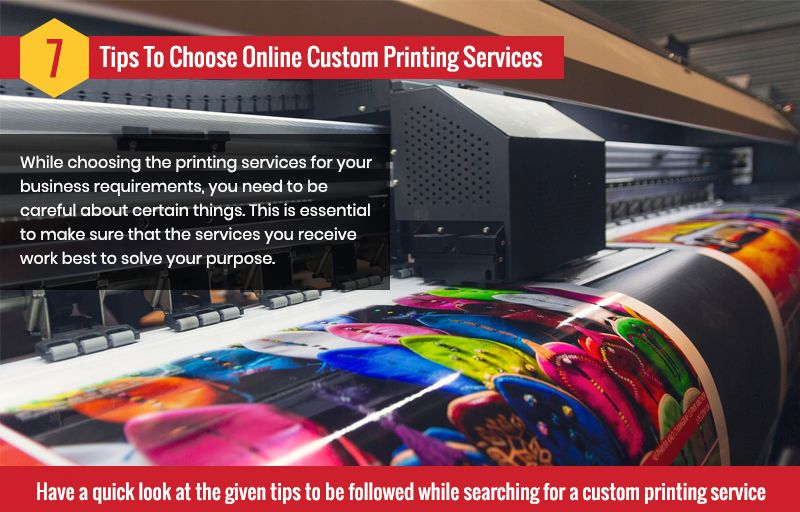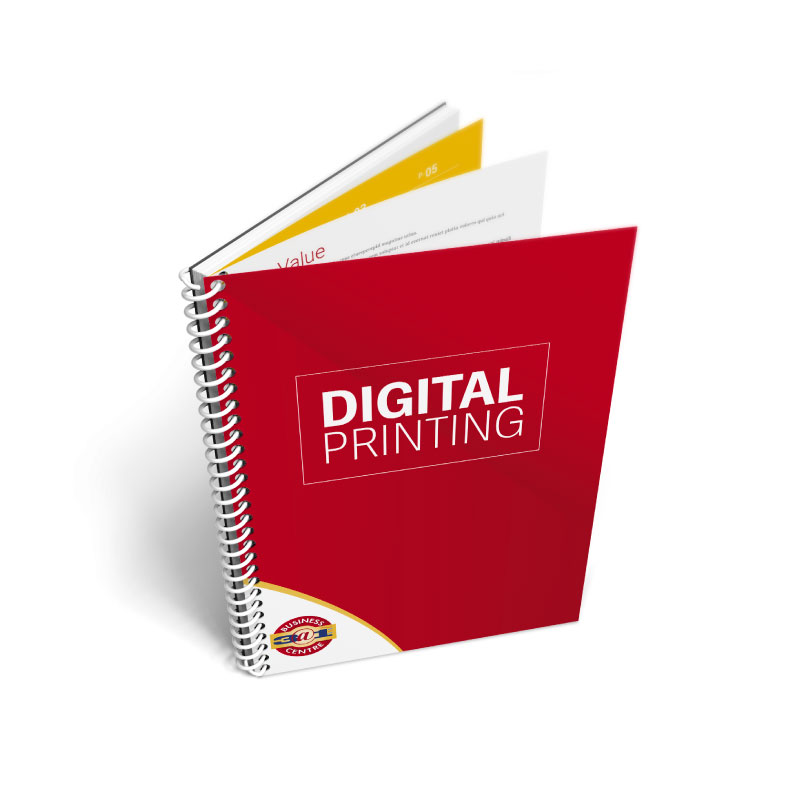Selling custom apparel has never been easier thanks to print on demand.
Selling custom apparel has never been easier thanks to print on demand.
Blog Article
Understanding Just How Digital Printing Changes the Printing Sector
The printing market, long steeped in typical approaches, is undertaking an extreme transformation with the arrival of electronic printing. With its possible to spur involvement through personalized material and to offer lasting solutions, it's clear that digital printing is more than a technical advancement; it's a critical game changer.
The Advancement of Digital Printing: A Brief Introduction
Given that its creation, digital printing has undergone substantial transformations, consistently changing the printing industry. Its evolution began with the development of xerography in the mid-20th century, a process which prepared for laser printers. With the advent of the 90s, electronic printing technology started to mature, and the sector experienced the intro of direct imaging presses, which got rid of the demand for printing plates. As the brand-new millennium unfolded, improvements in innovation further stimulated the development of electronic printing, causing the creation of high-speed inkjet printers. These devices used remarkable quality and rate, permanently altering the landscape of the market. Today, electronic printing stands as a testament to human technology, consistently evolving to fulfill the ever-changing demands of the contemporary world.

Unloading the Modern Technology Behind Digital Printing
Delving right into the intricacies of digital printing modern technology, one runs into an abundant tapestry of sophisticated machinery and facility algorithms. At the heart of this process exists an electronic image, which is processed by software program that divides it right into a grid of dots. This detailed system, boosted by sophisticated software and high-resolution imaging, has actually changed the landscape of the printing industry, leading the way for unmatched levels of information and accuracy.

The Advantages of Digital Printing for Organizations
Recognizing the innovation behind digital printing provides a clear image of its accuracy and detail. For businesses, this equates into many benefits. Firstly, electronic printing uses unprecedented speed, enabling firms to fulfill tight deadlines without jeopardizing on high quality. Next, it reduces expenses as there are no plates or physical arrangement, making it best for small-volume printing tasks. Moreover, this technology provides remarkable consistency with additional reading each print output, getting rid of variations frequently seen in typical techniques. Digital printing is environmentally pleasant, making use of much less ink and creating less waste. check it out The full potential of electronic printing is realized when made use of for modification and customization, a subject that will certainly be covered in deepness in the following area.
The Duty of Digital Printing in Customization and Personalization
While traditional printing approaches battle with customization and personalization, electronic printing excels in these locations. It allows for the easy alteration of designs, without the demand for costly and lengthy plate modifications (print on demand). This enables services to customize items to private consumers, meeting specific needs and enhancing client satisfaction
Digital printing likewise permits for variable data printing, where elements such as text, graphics, and pictures may be changed from one printed item to the following, without decreasing the printing process. This is especially advantageous for direct advertising and marketing campaigns, where personalized messaging can considerably improve action rates. In this method, electronic printing not just revolutionizes the printing market but likewise changes the way services communicate with their clients.
Evaluating the Ecological Effect of Digital Printing
Although electronic printing has been lauded for its function in customization and customization, it is important to examine its environmental effect. Digital printing can be less wasteful than conventional content methods, due to the fact that it operates on a 'print as needed' basis, removing the requirement for huge print runs that can result in surplus and waste. Additionally, it utilizes less chemicals and produces less unstable natural compounds (VOCs) compared to balance out printing. The energy use of electronic printers can be high, leading to increased carbon footprint. The use of non-recyclable printing parts and the obstacle of e-waste management present significant environmental problems. Consequently, while digital printing has many advantages, its environmental impact must be diligently taken care of.
Final thought
Finally, electronic printing has actually transformed the printing sector, offering quick, cost-effective, and high-grade remedies. It helps with customization, improving consumer engagement, and uses a lasting print-on-demand version. As this innovation remains to evolve, its effect on service communication, customer contentment, and environmental sustainability comes to be significantly profound. Understanding these adjustments is important for organizations to utilize the benefits of digital printing properly.
Report this page